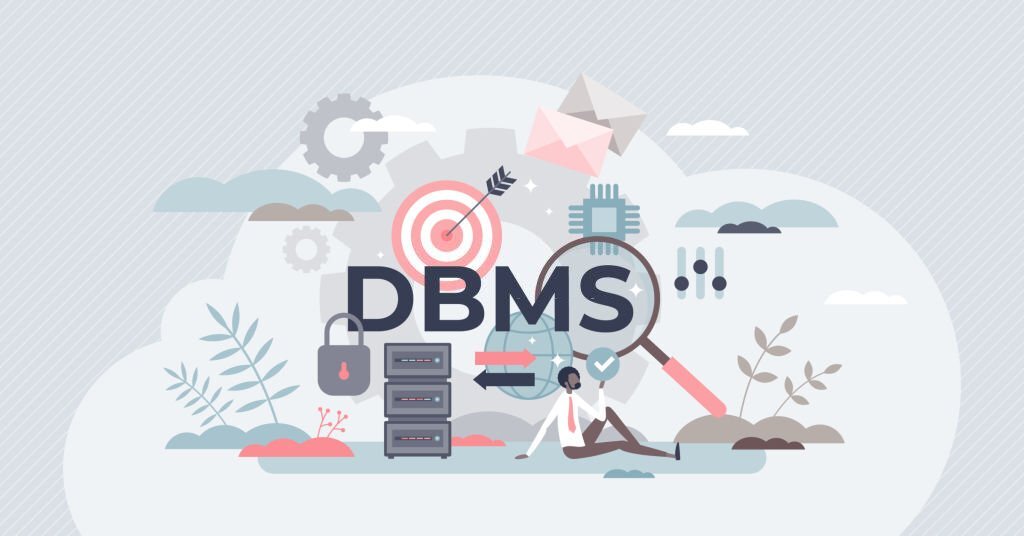A Database Management System (DBMS) is software designed to manage, store, retrieve, and manipulate data in a structured manner. It serves as an intermediary between users and the physical databases where data is stored. DBMSs provide an organized way to store and access data, ensuring data integrity, security, and efficient management. Here are some key aspects of DBMS:
Data Organization and Storage: DBMSs allow users to define the structure of the data they want to store using data models like relational, hierarchical, network, or object-oriented models. The data is organized into tables, documents, or other structures based on the chosen model.
Data Retrieval: Users can query the database to retrieve specific information using languages like SQL (Structured Query Language). SQL allows users to write commands that instruct the DBMS to search for and return data that matches certain criteria.
Data Manipulation: DBMSs provide functionalities for inserting, updating, and deleting data. Users can modify the existing data without affecting the overall structure.
Data Security: DBMSs offer various security mechanisms to control access to the data. This includes user authentication, authorization, and encryption to prevent unauthorized access.
Data Integrity: DBMSs enforce data integrity constraints to ensure that data entered into the database follows predefined rules and standards. This prevents inconsistent or incorrect data from being stored.
Concurrency Control: In multi-user environments, DBMSs manage concurrent access to the data to prevent conflicts and maintain data consistency.
Backup and Recovery: DBMSs often provide tools for creating regular backups of the data and implementing recovery mechanisms in case of data loss or system failures.
Data Relationships: In relational DBMSs, data relationships are established through keys, such as primary keys and foreign keys. These relationships help maintain data integrity and support complex data querying.
Normalization: This is a process used to eliminate redundancy and improve data integrity by organizing data into related tables and minimizing data duplication.
Scalability: Modern DBMSs offer scalability options, allowing databases to grow as data volume increases. This can be achieved through techniques like sharding, replication, and partitioning.
ACID Properties: DBMSs ensure these properties to maintain data reliability and integrity in the face of failures.
Types of DBMS: There are various types of DBMSs, including relational DBMSs (e.g., MySQL, PostgreSQL), NoSQL DBMSs (e.g., MongoDB, Cassandra), and NewSQL DBMSs (e.g., Google Spanner). Each type caters to specific data management needs.
DBMSs play a crucial role in various applications and industries, including business, finance, healthcare, e-commerce, and more, by providing a reliable and efficient way to manage and utilize data.
